Straight selvedges can be one of the hardest things to accomplish as a new weaver. In fact, “How do you weave straight selvedges?” is probably one of the questions that I get most from my students.
Selvedges that pull in are on the top of the list of the most common mistakes that new weavers make. I talked about some of the other most common mistakes in another post. If you missed it, you can check it out HERE!
For those new to weaving, selvedges (sometimes spelled selvages) are the edges of your weaving that often pull in during the weaving process.
*Want more weaving terms defined? Check out my YouTube shorts playlist “Learn To Speak Weaving”*
It is incredibly tempting to just pull and tug at your selvedges as they start to move inwards, but unfortunately, it won’t really do much.
Trust me, I have tried…
Instead, the best way to make sure your weaving doesn’t become a trapezoid is to follow some of these weaving tips and then keep on practicing!
Jump To:
- Why are my selvedges pulling in?
- How to keep your selvedges straight
- Other straight selvedge weaving tricks
Why are my selvedges pulling in?
There are a few different reasons why your selvedges may be pulling in to create the classic trapezoid shape that weavers try to avoid.
First, if you are lost in the process (which is a great feeling!) then it becomes really easy to get caught up in the movement and rhythm of weaving and lose track of keeping those sides straight. This happens the most often when you are still learning.
If you get distracted by the world or even your own thoughts then your weaving will reflect it. That doesn’t mean you shouldn’t put on some music or your current audiobook, just be mindful while you are doing it.
The more you practice, the better you will get at this and the more you can get lost without losing your selvedges.
Another reason why your warp may start to warp is simply because you aren’t giving your weft enough slack. This is incredibly common. Unlike warp, which you usually want to be nice and tight, your weft requires extra give to make sure it interacts with your warp the way you want it to.
Think of it this way, if you have a piece of yarn spanning 6 inches without interacting with anything else, then that yarn is 6 inches. If that same yarn needs to interact with another yarn by going over and under then you will need MORE yarn to span that same 6 inches.
Don’t get me wrong – sometimes uneven selvedges can really add to your weaving, but don’t forget the golden rule of art “Learn the rules first, so you can break them later”.
So how do you create nice smooth selvedges?
It all depends, but let’s go over some scenarios.
How to keep your selvedges straight
Scenario 1: Weft-faced/ tapestry
You’ve probably heard of happy little trees, well we’re going to make happy little hills.
Or bubbles.
Whatever you want to call them is fine.
Due to the structure of a tapestry a.k.a. a weft-faced weaving, the extra slack you add in your weft is what is covering up your warp. You need to add enough extra weft that in can flow around the warps in order to get the classic weft-faced weaving we know as tapestry.
Think of the weft as creating a tunnel and the warp is going through that tunnel. These warp tunnels can also be called warp channels – both are correct. They can also be important in finishing up your tapestry when you are dealing with your weft tails.
The image below shows a cross section of a weaving and a singular weft.
I digress.
The amount of hills is relative to both the width of the weaving and your own weaving style.
Everyone weaves differently.
The only right amount of hills is the one that gets you what you want. A.K.A. straight selvedges.
Try out some different sizes and see what works best for you. Just be careful not to make mountains instead, too much extra weft is a different and totally avoidable issue.
There are now 2 ways to take it – either purchase the whole course at once for a discount or “create your own” course by purchasing just the parts you want! Either way, get 10% off for being a member of the Warped Community!
Scenario 2: Plain weave and patterns
Unlike tapestry, a pattern or balanced weave doesn’t need a lot of extra wefts because it is not covering the warp completely. The weft will actually deflect the warp slightly.
That does not mean it doesn’t need any extra weft, though.
Unlike tapestry, we are not weaving hills or bubbles.
Instead, I recommend placing your warp at a 45-degree angle before beating it down. No need to take out the protractor – just eyeball it.
Again, you don’t want to have too much weft – so experiment a little and find that Goldilocks amount.
The angle you create might differ between your weavings depending on the set, tightness of the warp, yarn choice, and more. Don’t be afraid to change it up as needed with each new weaving.
On that note:
Too much weft can cause your weaving to be lumpy with loops of yarn on either the front or back.
Also, it can be tempting to try to fix your selvedges that are pulling in by overcompensating with your weft- but this just causes them to be even more uneven. You want to avoid creating loops on your selvedges as much as you want to avoid pulling in your warp.
Other straight selvedge weaving tricks
Whether you are weaving tapestry or balanced weave, one of the best things you can do to create straighter selvedges is to establish your selvedge before compressing it.
You can do this 2 ways.
1. Pinch it.
In this method, you are pretty much just holding the warp in place while you compress the weft. Doing this makes it so the extra slack needed for the weft comes from the needle or shuttle end of the yarn and not selvedge. I do this pretty much every time I am weaving regardless of what I am weaving.
2. Weave The First Inch.
Another option is to weave and compress the first inch of each line before continuing with your hills or angled weft. Doing this keeps your selvedges right where you want them! It’s also easier to work with your weft in small increments at a time. This option means you get to set your selvedges exactly as you want them.
With that being said, you don’t have to choose between these methods and I actually recommend you combining them for the best results. Try them all out and combine them for your perfect selvedge weaving combination!
No matter what you do, one of the best things you can do is to pay attention to your weaving and not ignore your selvedges. Unfortunately, they won’t get better if you ignore them.
If your warp does start to warp – then un-weave it and start again. You will be happy you fixed it, even if it took a little time. Your weaving is something that should last you and making sure it is right to begin with is the best way to create a weaving you are proud of.
I know that trying to obtain straight selvedges can sometimes feel a little impossible – especially at the beginning. The image above has two of the first weavings that I ever created, but I didn’t let their final shapes shake me. You may notice that their selvedges are not straight. The one on the left is disguised a bit by some magazine edging, but I put that there because it made it seem more straight and I was getting graded! The point being, though, that I kept going. I kept weaving and I kept practicing.
So like most things, you WILL get better with time. If you want straighter selvedges then consistency and a some practice will get you there! Honestly, practicing is the best thing that you can do for better selvedges. In case you needed it – here is your permission to weave more!
You’re Welcome!
What is your favorite way to keep your selvedges from pulling in? Let me know!
⇣ Love It? Share it! ⇣
You May Also Like




















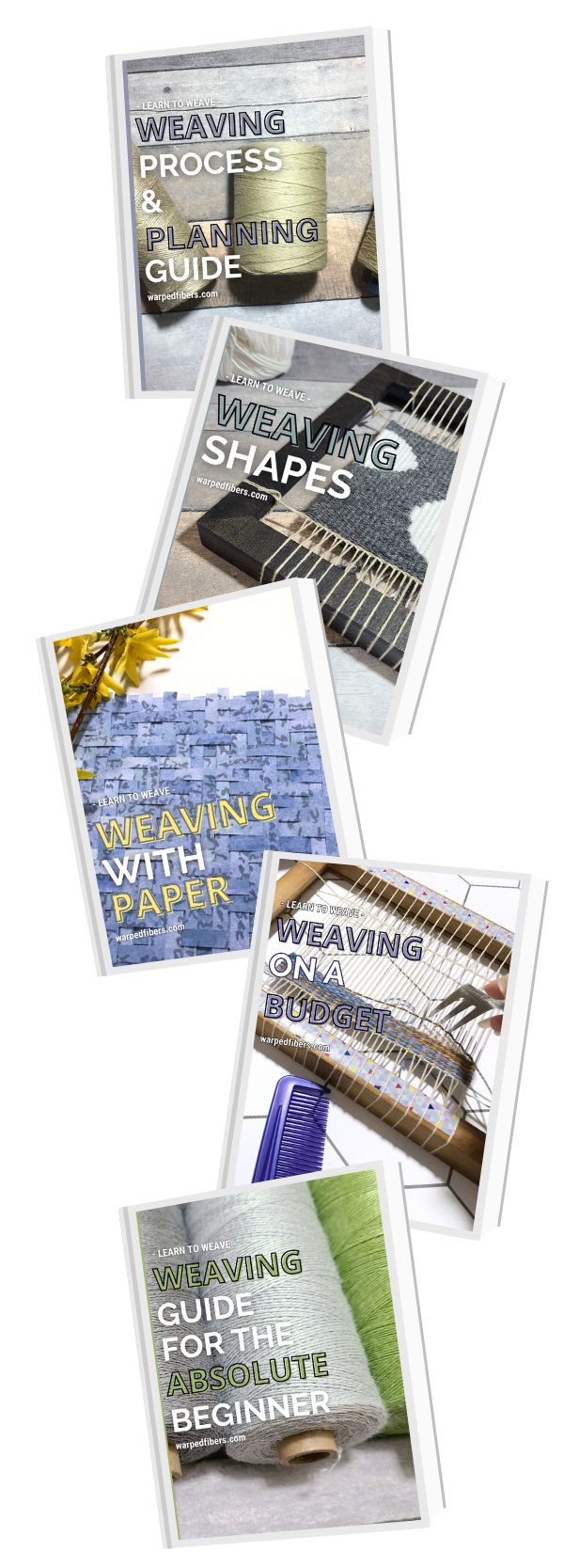
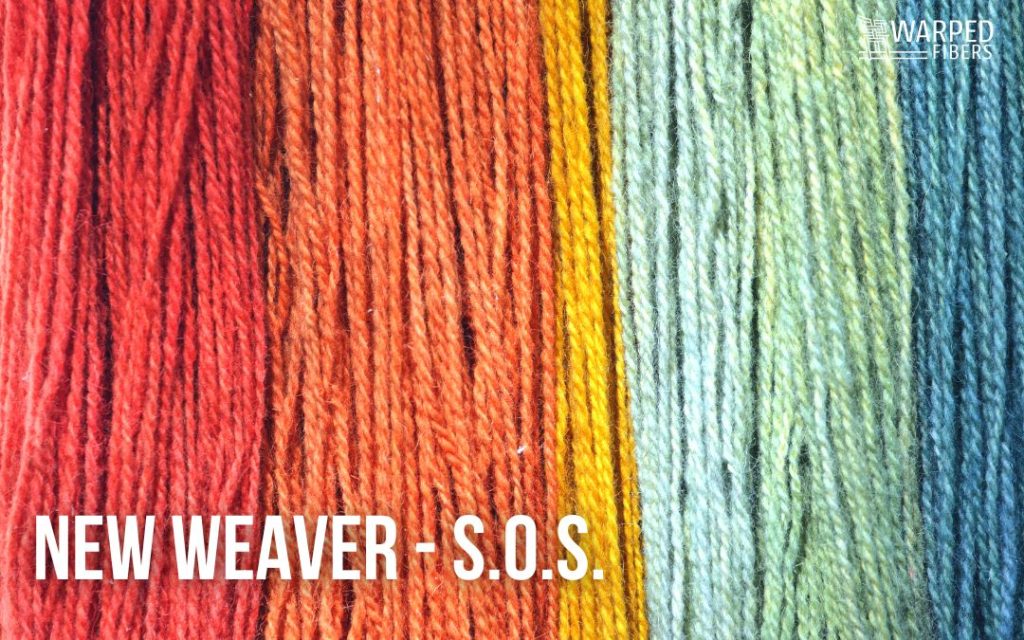

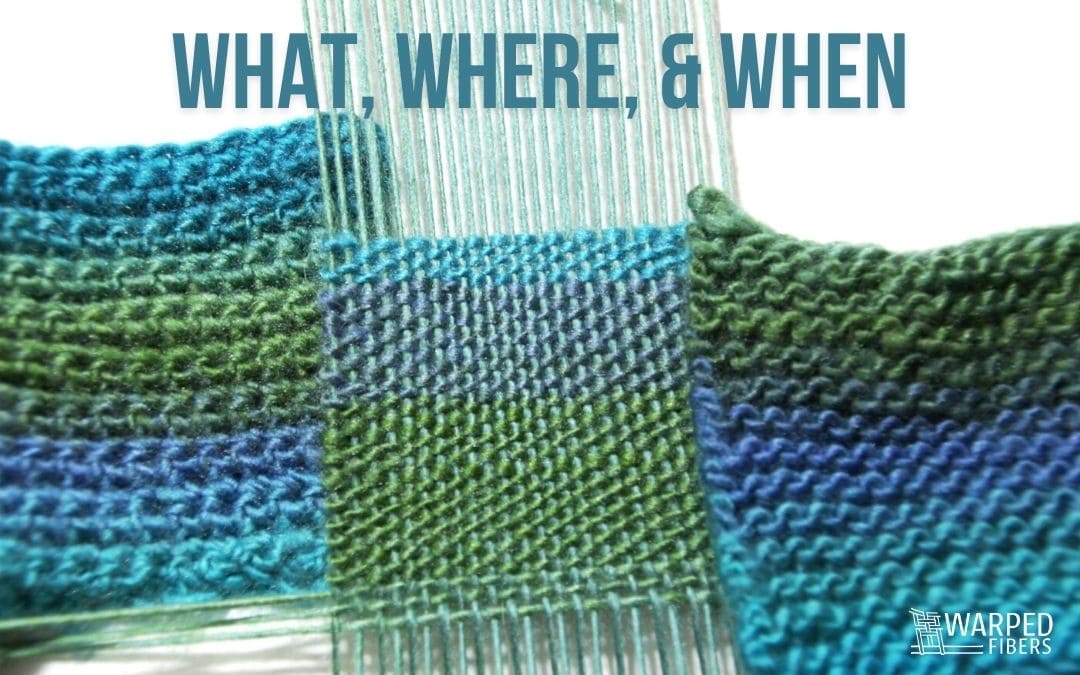

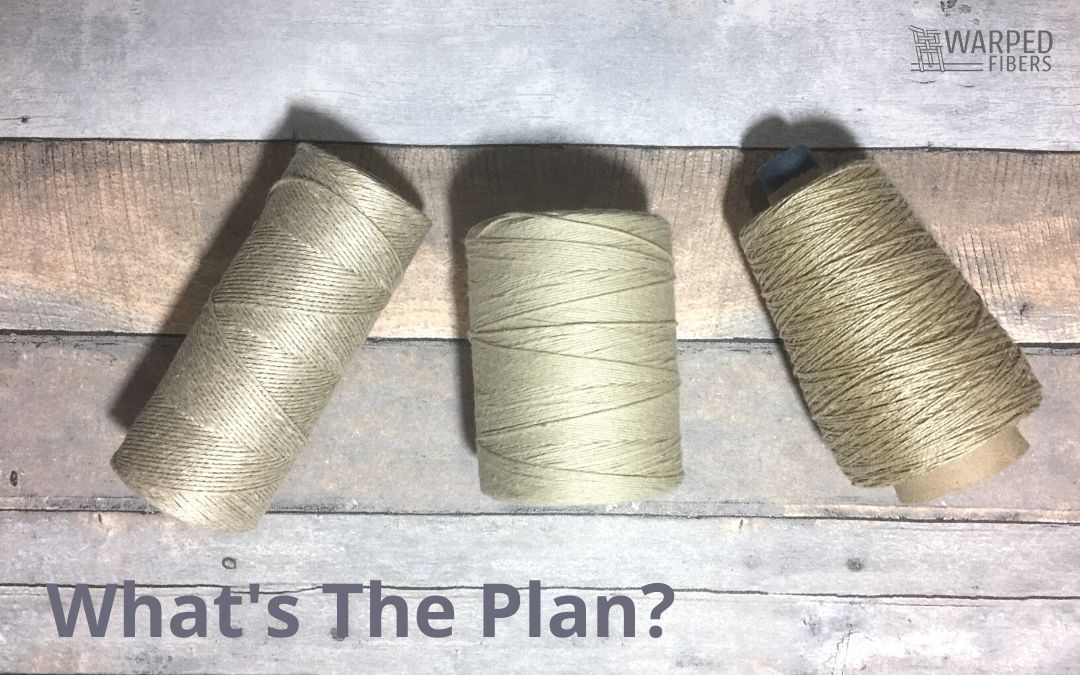

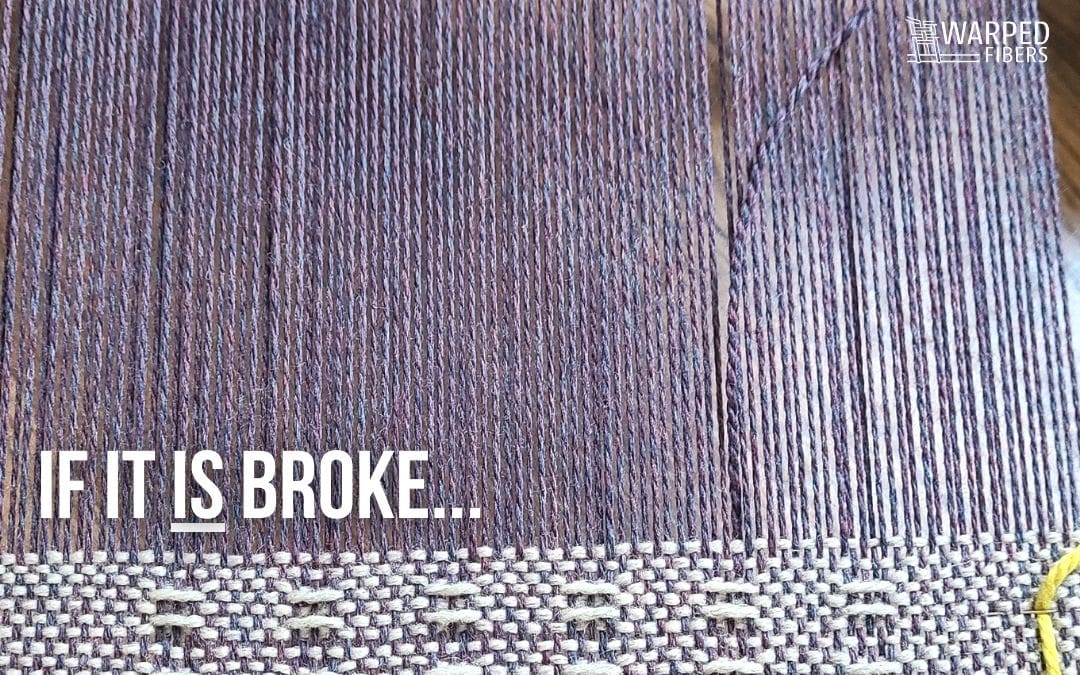

Hi, I see in the photo that your first row of twining is tied to the side of the loom. Is that solely to help keep the selvedges straight and do you just weave in the side pieces when the tapestry is complete? Thanks!
Hi! The yarn that is tied to the loom is actually a plain weave scaffolding used in 2 selvedge warping. Its purpose is to bring all of the warps onto the same plain and create a flat weaving surface and has nothing to do with keeping your selvadge straight. It gets taken out when you are done and is not an actual part of the weaving. I hope that helps!
This was really interesting to read. I’ve always been fascinated by the concept of weaving as someone else that enjoys fiber arts. I do cross stitch and crocheting, both of which have provided me with much needed down time whenever I’m stressing out or feeling overwhelmed. Especially with everything going on in the world right now! I keep debating giving weaving a try.
Weaving is really cool and relaxing. My son even does it.
It’s so relaxing! You can just get lost in the motion of it all. I love that it’s becoming a more popular fiber art. 🙂
I learned something new today that I did not know existed. This looks super cool and I would like to learn this as a hobby. Thanks for sharing 🙂